
Scribner
A Division of Simon & Schuster, Inc.
1230 Avenue of the Americas
New York, NY 10020
www.SimonandSchuster.com
Copyright 1987 by Lee Kennett
All rights reserved, including the right to reproduce this book or portions thereof in any form whatsoever. For information address Scribner Subsidiary Rights Department, 1230 Avenue of the Americas, New York, NY 10020
First Scribner ebook edition May 2014
SCRIBNER and design are registered trademarks of The Gale Group, Inc. used under license by Simon & Schuster, Inc., the publisher of this work.
The Simon & Schuster Speakers Bureau can bring authors to your live event. For more information or to book an event contact the Simon & Schuster Speakers Bureau at 1-866-248-3049 or visit our website at www.simonspeakers.com.
Interior design by Jack Harrison
ISBN 978-0-6841-8491-3
ISBN 978-1-4767-9313-9 (ebook)
Grateful acknowledgment is made for permission to quote from or reproduce the following material: letters written by Sanford Africk, from Jewish Youth at War: Letters from American Soldiers , (New York, 1945), by permission of Shirley H. Hirschel; lines from So Sorry, by Corporal John Alexander, from Reveille: War Poems by Members of our Armed Forces , selected by Daniel Henderson, John Kiernan, and Grantland Rice, (New York, 1943), by permission of Oak Tree Publications, Inc.; John J. Roche, First Squad, First Platoon, by permission of John J. Roche; postcard written by Frank P. Dunlap, by permission of Frank P. Dunlap.
For Allison
Contents
Preface
T HIS BOOK is the story of a collective experience. It recounts an episode in the lives of several million American men whom fateand its agent, the Selective Service Systemcalled forth to fight in the greatest war in modern times. For many, answering that call took them on the most extraordinary adventure of their lives, and I have tried to recapture something of that adventure.
For each man who served, the adventure was different; in a sense there were as many versions of World War II as there were G.I.s. What is offered here is a distillation of sorts, and as such it cannot always correspond to what the individual G.I. saw or felt forty years ago or remembers today. Then there is another caveat: The experience related here is purely vicarious, for my military service was in a later war and not in the U.S. Army. But then it is the task of the historian to write about events he never witnessed and men he never met, and while the hazards of such work are obvious, I believe that I have captured the essence of the G.I. story.
Much of the story I drew from the men themselves, from reminiscences they shared, from their letters and memoirs, and even from their responses to the many opinion surveys the Army conducted during the war. I have tried to fill out the story of the G.I. with testimony from those who led him, from those who opposed him in battle or fought beside him as allies, and from those who knew him as liberator or conqueror. Finally, I have reviewed the considerable literature on the American soldier from the pens of historians who have preceded me.
Long before I had assembled the elements of my story, I knew it was one that I wanted to tell not to other historians, but to people who read history simply because they find it pleasurable and enlightening. Walter Prescott Webb said that writing destined for such a readership should be unfootnoted and interesting. The most casual glance at the pages that follow will show that this work meets the first of Webbs criteria (and I have done what I could to meet the second). Many of the sources are identified in the text, but where it seemed appropriate I have indicated the source for quotations by means of end notes keyed to page numbers. Finally, I have added a select bibliography containing books cited in the text and others that proved especially useful to me.
Many people helped me in the course of my work, including first of all the considerable number of ex-servicemen whom I have interviewed or simply talked with over the past few years. I also owe a debt to many of my students who over the past three years conducted interviews with World War II veterans as part of their class assignment and at the same time helped their professor strengthen his grasp of his subject. Then there were people at various institutions who gave very generously of their time and expertise: at the National Archives, John Taylor, Tim Nenninger, and Will Mahoney; at the Armys Military History Institute at Carlisle Barracks, Pennsylvania, David Keough, John Slonaker, Richard Sommers, and Dennis Vetock; at the George C. Marshall Research Library, Archivist John Jacob and Larry Bland, editor of The Papers of George Catlett Marshall ; at the Armys Command and General Staff College, Fort Leavenworth, Kansas, Colonel Louis D. F. Frasch, who heads the Combat Studies Institute, and Dr. Roger Spiller of the Institutes staff; at the American Battle Monuments Commission, Colonel William E. Ryan, Jr.; at the MacArthur Memorial, Archivist Edward J. Boone, Jr.; and at the North Carolina State Archives. Archivist Suellen Hoy. In Paris, Chantal Tourtier-Bonazzi of the Archives Nationales was extremely helpful; and in Freiburg, I was grateful for the help of Horst Boog, Wissenschaftlicher Direktor of the Militrgeschichtliches Forschungsamt, and of Bruen Meyer, archivist at the Bundesarchiv-Militrarchiv. I also used with profit the resources of a number of other archives and libraries, including the libraries of Duke University, the University of Virginia, and the University of Georgia; the Bibliothque Nationale in Paris; the archival and library holdings of the Service Historique de lArme, in Vincennes; the British Library; and the Public Record Office, Kew. For the illustrations I am indebted to the Department of Defense Still Media Records Center and to Virginia Horrell of the Centers staff.
I consulted a number of fellow historians in the course of my work, always with benefit. Especially helpful were Martin Blumenson, Georges Clause, Harold Deutsch, Edward Drea, Colonel John Elting, Dale Floyd, Jean-Pierre Husson, Jay Luvaas, Klaus-Jrgen Mller, Claude Sturgill, and Major Dean Williams. Equally helpful were a number of people who at various times supplied me with information or assisted me in other ways, among them William R. Buck Johnson, Everett Lee, John J. Roche, Charles Sylvester, Richard Unda, Major General Carl D. Wallace, and Hosea Williams. I owe a special word of thanks to three former G.I.s who read the text and gave me the benefit of their insights: Melvin Herndon, Phil Pollock, and Harold Leinbaugh. Kathy Coley and Donna Marshall prepared the typescript with competence and unfailing good humor. Finally, Laurie Schieffelin, my editor at Scribners, gave me the benefit of her good judgment and her keen sense of style.

1

The Draft
I T WAS one of the most tumultuous sessions of Congress in living memory. The late-summer heat of Washington helped to make tempers short, and the calamitous news from abroad contributed to the mood of crisis, but it was the Burke-Wadsworth bill that turned the halls of Congress into a battleground. That it aroused strong passions is not surprising: It called for peacetime military conscription, something unprecedented in the nations history. The bill went into the congressional hoppers in the third week of June 1940, the same week that France collapsed; committee hearings went on while the Luftwaffe and the Royal Air Force met in the opening skirmishes of the Battle of Britain. The proposal came before the Senate at the end of August, and the House took it up in the first days of September, just as the German bomber offensive against England intensified; a partisan of the Burke-Wadsworth bill recalled: Every time they bombed London we gained a vote or two in the House or Senate.

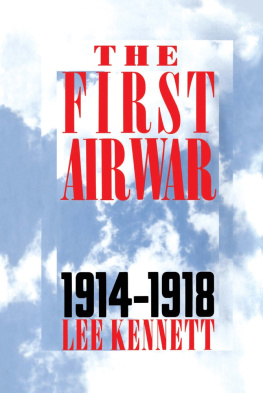
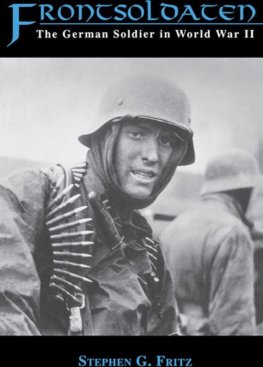
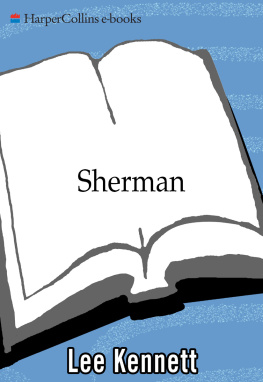


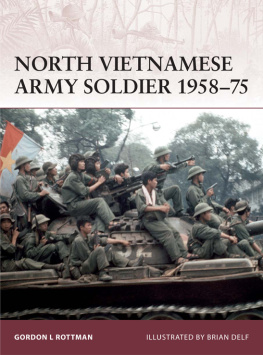
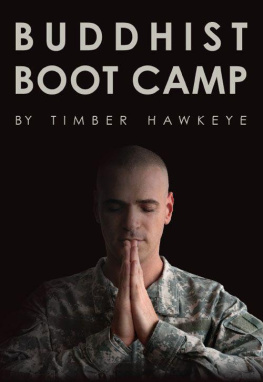
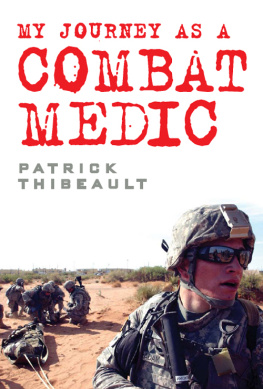


 1
1